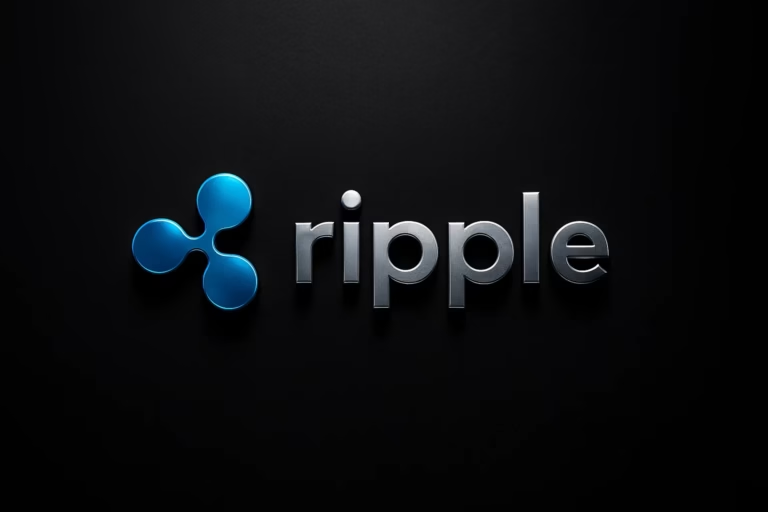
- Bitcoin mining difficulty has reached a historic high, surging by 7.33% to 75.50 trillion at block height 828,576 on February 2.
- As the network braces for the fourth halving event and miners face intensified competition for diminishing rewards, the record-breaking difficulty highlights the competitive nature of Bitcoin mining and the robust growth of the network.
Bitcoin mining has reached unprecedented levels of difficulty, setting a new all-time high at 75.50 trillion at block height 828,576 on February 2nd. This surge, a staggering 7.33% increase, comes less than a month after the cryptocurrency experienced a record-setting spike on January 6th, marking the most challenging period in Bitcoin mining history.
Halving on the Horizon
This surge in mining difficulty is not arbitrary; it’s part of Bitcoin’s regular mechanism to maintain a consistent block discovery time of around 10 minutes. The recent adjustment is a significant shift from the previous decrease of 3.90% on January 20, 2024. With the impending fourth halving event on the horizon, expected in less than 11,500 blocks, the stakes for miners are higher than ever.
The upcoming halving will slash the reward for mining a new block from 6.25 to 3.125 bitcoins, intensifying the competition among miners for dwindling rewards. The Bitcoin network undergoes difficulty adjustments every two weeks, adapting to changes in computational power. With the difficulty now at an all-time high, the criteria for mining a valid Bitcoin block have become more stringent, demanding increased computational effort and resources from miners.
Hashrate Strength
Despite the escalating difficulty, the collective hash rate of the Bitcoin network remains robust, averaging 536 exahash per second (EH/s) over a seven-day simple moving average. This figure is close to the all-time high of 566 EH/s reached on January 29, 2024. Foundry USA and Antpool, controlling over 60% of the total hashrate, dominate the mining power within the Bitcoin network. Foundry USA leads with 31.94% of the network’s computational power, closely followed by Antpool.
As the Bitcoin community braces for the next mining difficulty adjustment scheduled for February 15, 2024, all eyes are on the implications for miners navigating increased difficulty and preparing for the impending halving event. Both factors are poised to significantly impact the economics of Bitcoin mining.
The record-high mining difficulty underscores the cutthroat nature of Bitcoin mining and the remarkable growth and resilience of the Bitcoin network. As miners adapt to the heightened difficulty, the broader implications for the cryptocurrency market and network security become focal points for stakeholders. The stage is set for a dynamic period in Bitcoin’s evolution as it continues to captivate the attention of the global financial landscape.






